Takayama (高山市) is one of my favorite cities in Japan. So this blog page will be pretty long and will have links to other pages in this website that’s related to Takayama.
Takayama is located in the mountainous Hida (飛騨) region in Gifu Prefecture (岐阜県). The area surrounding Takayama had been settled as far as the Jomon period (縄文時代 – 1,000 – 300 BC). During the Sengoku Period (戦国時代 – 1467 – 1600 – age of warring states), the area is ruled by Kanamori Nagachika from Takayama Castle. Takayama town grew from this castle.
The modern town of Takayama was establised in 1889. At that time, it was the most populous municipality in Gifu Prefecture. After it was merged with neighboring towns and villages in 2005, Takayama became the largest city in Japan by surface area at 2,177.61 km2 . By comparison, Tokyo Metropolitan (東京都) which technically a prefecture (somewhat similar to a province or state) is 2,187.66 km2 which comprises of 23 special wards (city level governments). The second and third largest city in Japan is Sapporo (1,710 km2) and Hamamatsu (1,511.17 km2).
In the feudal ages, Takayama gained importance as a source of high quality timber and highly skilled carpenters. Up until now, Hida lumber and furniture is still famous throughout Japan. Not only that, Takayama and its surrounding area is also known for its Hida-gyu or Hida beef. Hida beef comes from a black-haired Japanese cattle breed raised in Gifu Prefecture.
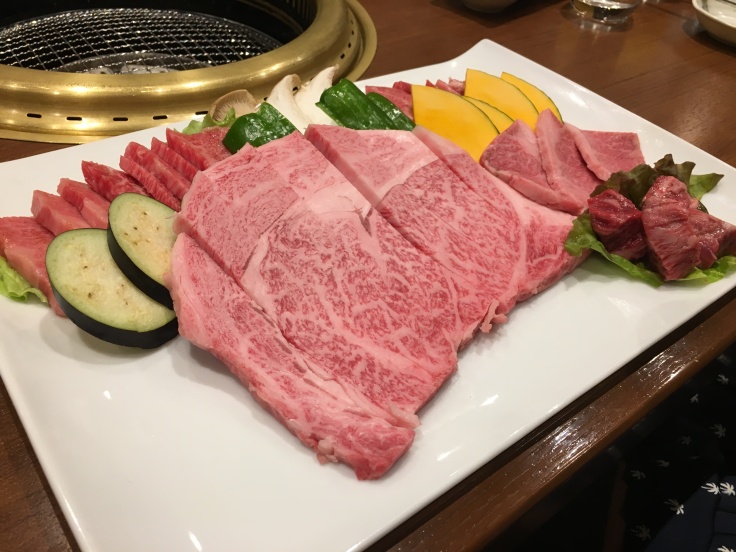
Things to do in Takayama and the surrounding area
Here are the stuffs that you could do in Takayama and its surrounding area
Takayama Old Town
The old town has many beautifully preserved buildings from the Edo period. It has many old homes, shops, coffee houses and sake breweries. The old town is about 10 minutes walk from Takayama station.
Takayama Festival
Though I have not had the chance to experience Takayama Festival, I really feel that I should mention the festival in this page.
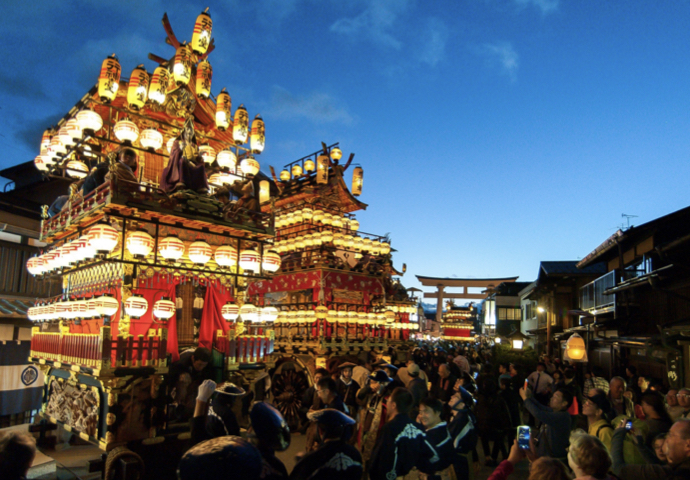
Takayama Festival or Takayama Matsuri is ranked as one of Japan’s three most beautiful festivals, along with Gion Matsuri and Chichibu Yomatsuri. What’s great about the festival is that it is held twice a year, one in spring and one in autumn.
Both festivals have similar attractions and schedules which are:
- Displays of festival floats
- Karakuri performance – some of the floats feature mechanical dolls called karakuri ningyo (からくり人形) that can move and dance.
- Mikoshi procession – portable shrines or mikoshi are carried around town
- Evening festivals
Despite the similar attractions and schedules, each festivals has their own set of festval floats.
The spring festival or also known as the Sanno Festival is held on April 14 and 15. It is the annual festival of Hie Shrine in the southern part of the old town.
The autumn festival or known as Hachiman Festival is held on October 9 and 10. It is the annual festival of Sakurayama Hachimangu Shrine or Hachiman Shrine in the northern part of the old town.
Takayama Jin’ya
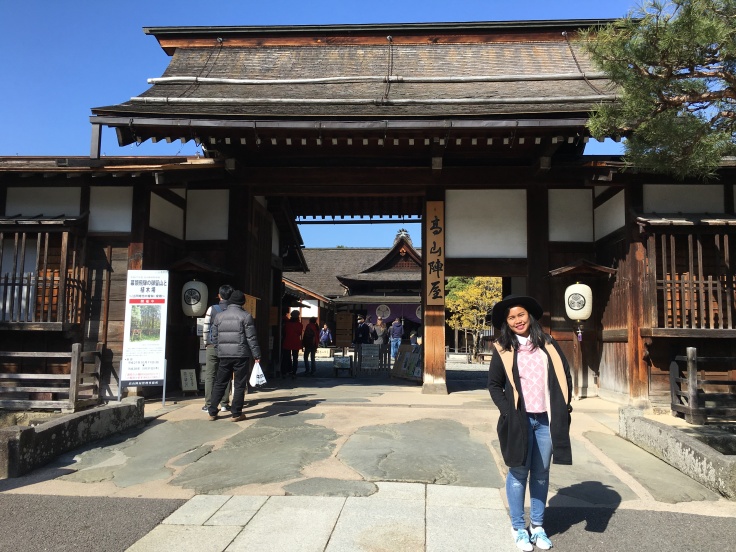
Takayama Jin’ya is a restored government building going back to Edo Period that is now turned into a museum
Hida Folk Village

Hida Folk village (飛騨の里) is an open air museum exhibiting traditional houses from the Hida region. The houses were built during Edo Period but then relocated from Shirakawa-go to create the museum in 1971. The museum faetures buildings such as village head’s house, logging huts, and storehouses. In January and February, they usually have a winter light up. Makes up as an alternative if you couldn’t get a slot for the Shirakawa-go winter light up.
A short walk from the village is the Hida Takayama Crafts Experience Center where you can join workshops on local handicrafts.
Address: 1 Chome-1-590 Kamiokamotomachi, Takayama-shi, Gifu-ken 506-0031, Japan
Tel: +81 577-34-4711
Hours: 8:45 to 17:00
Entrance Fee: ¥700
How to get there:
Bus – You can take the Sarubobo bus from the Takayama Nohi Bus Terminal (just beside the train station) for ¥210 for adults and ¥110 for children aged 6 to 12. You can stop at Hida Folk VIllage bus stop. You could also buy a one day ticket from the bus terminal for ¥620 (¥310 for children age 6 – 12).
Walk/Bicycle – it is around 2.3km away from Takayama train station
Hida Takayama Teddy Bear Eco Village

This gorgeous Teddy Bear Village is located 1 bus stop away from Hida Folk Village.
Morning Markets
There are two morning markets in Takayama. Both markets sells local crafts, snacks and farm products. It is open everyday from around 7:00 (8:00 in winter) till midday.
One market is held along the Miyagawa River (宮川)
And the other one right in front of Takayama Jin’ya
Shirakawago

A historic village part of the UNESCO World Heritage site, Shirakawa-go is reachable by a 55 minute bus ride from Takayama train station.
Food in Takayama
Takayama and Hida region is famous for their Hida Beef. Some of my favorite places or dishes are:
- Ajikura Tengoku located right beside the train station, their yakiniku is to die for. This is a korean style barbecue house, so don’t be surprised if they serve you kimchi.
- Takayama Ramen is a must for those visiting Takayama. The ramen is based on light soy sauce and in some establishments, the chashuu is replaced with Hida beef. We tried several restaurants, and our favorite is Za-ramen located near the train station.
- Beef sushi. Yes, you heard me right. Beef sushi. It is usually served as a nigiri, a lump of sushi rice with a lightly seared hida beef on top. I don’t really have specific restaurant to point to as I bought one at the morning market.
Times to visit Takayama
Winter – Being in a mountainous region, winter can get pretty chilly and a lot of snow. So make sure you have your winter boots. Winter comes early in December up to March/April. As Shirakawa-go usually have a winter light up in January and February, you could bundle your Shirakawa-go trip with Takayama (people usually use Takayama as a spring board to Shirakawa-go anyway).
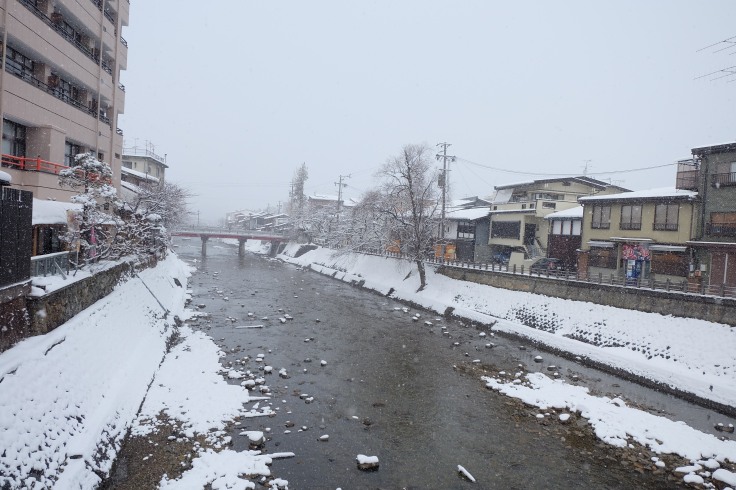
Spring – Spring comes late and short to Takayama. By late March or April you won’t see any traces of snow but the weather is still below 10°C . Sakura usually pops up at late April. Don’t forget there’s the famous Takayama Festival in April 14 and 15th.
Summer – Summer starts around end of may/beginning of June. It is humid and wet coming along with the rainy season.
Autumn – Autumn is around mid October and the colorful foliage from the Japanese maple trees can be seen around the end of October to the first week of November. Reminder the Autumn Festival is on October 9 and 10th.
How to get to Takayama
Train
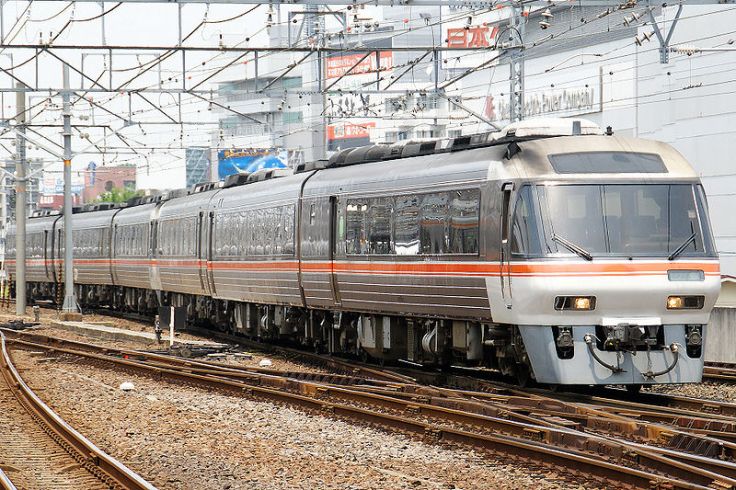
There are several starting points if you want to take this train:
Nagoya – Take the Tokaido shinkansen (東海道新幹線 – The one that connects Tokyo and Osaka) and stop at Nagoya. The JR Hida Wide View train ride usually takes 2.5 hours from Nagoya to Takayama. If you’re not using JR Pass, a one way trip from Nagoya will cost you ¥6,030 and from Tokyo will cost you ¥14,710.
Toyama – Take the Hokuriku shinkansen (北陸新幹線 – The one that connects Tokyo and Toyama and Kanazawa) and stop at Toyama. The JR Hida Wide View train ride usualy takes 1.5 hours from Toyama to Takayama. If you’re not using JR Pass, a one way trip from Toyama will cost you ¥3,360 and from Tokyo will cost you ¥15,830.
Osaka/Kyoto – There is one set of JR Hida Wide View that departs from Osaka in the morning (07:58) then stops by at Shin-Osaka and Kyoto Station allowing people from Osaka/Kyoto to take a direct train to Takayama instead of having to go to Nagoya first. The train from Takayama to Osaka departs in the afternoon (15:38) – note: please recheck for actual timing. If you’re not using JR Pass, a one way trip from Osaka will cost you ¥8,300.
A word of caution, the Takayama main line is mostly a single track line where trains sometimes have to stop at a siding or a station to wait for a passing train. So train delays can happen. In my personal experience, twice we went to Takayama and on both times the trains were 25 minutes late in Nagoya. My mother experienced worse in 2017 where her train from Nagoya arrived 1 hour late in Takayama station. So please make sure that you give around 30 minute space if you plan to take another train from Nagoya.
Bus
Keio and Nohi bus operates highway buses with 6 round trips per day between Tokyo and Takayama. A one way trip costs ¥6,690 and a round trip is ¥12,040 as long as the return trip is made within seven days of the outward journey. During summer holidays there is an option of taking an overnight bus.








Great post 😄
LikeLike
thank you
LikeLike
I have just been to Takayama and it was truly beautiful. Thank you for this post
LikeLike
glad you enjoyed Takayama
LikeLiked by 1 person
I truly did!
LikeLike